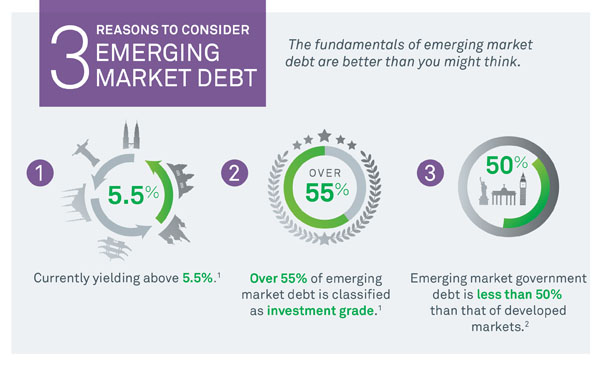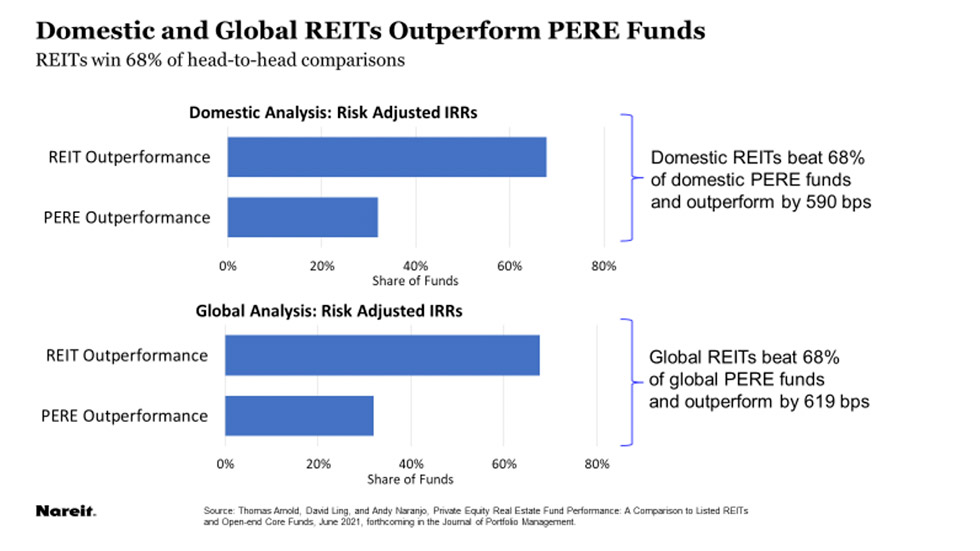
It can be difficult setting up a traditional DRIP system. Some companies offer their own programs, but most require you to buy shares through a broker and pay a fee. After that, you will need to transfer the shares to your DRIP. You may also need a stock certificate in certain cases.
Commission-free dividend reinvestment
Many stock-trading websites offer dividend reinvestment without commission. This service allows investors reinvest dividends into the exact stocks or ETFs that they are trading on without having to pay any additional fees. This process can be slow. You may not be able to see your dividends immediately, and the process may take a few days.
Scottrade FRIP offers more flexibility than other dividend-reinvestment plans. It allows you to select which stocks and ETFs are best for you. Dividends from your eligible investments are then put into a non-interest bearing account. You can select up to five securities, and choose the percentage you wish to receive. If you are unsure, you can always change your mind.

Tax implications for dividend reinvestment
Dividend-reinvestment is a good way to save taxes and put your money in the right place. This can be achieved either by adding stock to your company's holdings or by using a broker who transfers stock. The agent usually purchases additional stock shares for you and then reinvests the dividends. Dividend reinvestment could be tax-efficient, if you plan your purchases properly.
Dividends can be described as cash payments paid by corporations to shareholders. To attract investment, they are paid out by the corporation to its shareholders. These payments are subjected special tax rules. Their tax rate could be different than the normal income-tax rate. Dividend reinvestment can be taxable unless the shares are in a tax-advantaged bank.
Easy to set up
DRIP investing can be set up easily. For this type of investing, most brokers offer an easy online account setup process. You should first contact your broker to learn more. Many of them will require you to pay a one-time set-up fee. Depending on which company you work for, you might have to pay additional fees to register your shares with the DRIP.
DRIPs are a way to make sure that your dividend payments go directly into new shares. This type of investing is not as liquid as regular shares. If you wish to sell your shares back, you will need to do so directly through the company. But, it's a great way of growing your money steadily.

Flexible options
You may be interested in drip investing options if you're looking for steady income. These plans allow investors to hold a percentage of their capital while investing in the stock of a company. This option can be offered through a brokerage or third-party service provider. These plans can help you preserve a portion your capital by automatically investing your dividends. However, these plans don't permit you to trade stocks on the stock exchange. Because of this, they are limited in liquidity.
DRIP is an alternative to market timing, but it is not always the best solution for stock selection. Caterpillar stock has outperformed S&P 500 for the past 12 months, but this is due to the expectation that there will be massive tax reform, and as much as $1 trillion in infrastructure spending. However, it has weak fundamentals. In addition, a global mining slump is weighing heavily on its earnings.
FAQ
How does inflation affect the stock market
Inflation affects the stock markets because investors must pay more each year to buy goods and services. As prices rise, stocks fall. That's why you should always buy shares when they're cheap.
How can I invest in stock market?
Brokers allow you to buy or sell securities. A broker buys or sells securities for you. When you trade securities, brokerage commissions are paid.
Brokers often charge higher fees than banks. Banks will often offer higher rates, as they don’t make money selling securities.
You must open an account at a bank or broker if you wish to invest in stocks.
A broker will inform you of the cost to purchase or sell securities. Based on the amount of each transaction, he will calculate this fee.
You should ask your broker about:
-
the minimum amount that you must deposit to start trading
-
How much additional charges will apply if you close your account before the expiration date
-
What happens when you lose more $5,000 in a day?
-
How many days can you keep positions open without having to pay taxes?
-
How much you are allowed to borrow against your portfolio
-
Transfer funds between accounts
-
How long it takes transactions to settle
-
The best way to sell or buy securities
-
How to Avoid fraud
-
How to get assistance if you are in need
-
Can you stop trading at any point?
-
If you must report trades directly to the government
-
Whether you are required to file reports with SEC
-
What records are required for transactions
-
What requirements are there to register with SEC
-
What is registration?
-
How does it impact me?
-
Who must be registered
-
What time do I need register?
How are shares prices determined?
The share price is set by investors who are looking for a return on investment. They want to make money with the company. They then buy shares at a specified price. The investor will make more profit if shares go up. The investor loses money if the share prices fall.
The main aim of an investor is to make as much money as possible. This is why they invest into companies. This allows them to make a lot of money.
What is the difference in marketable and non-marketable securities
The main differences are that non-marketable securities have less liquidity, lower trading volumes, and higher transaction costs. Marketable securities are traded on exchanges, and have higher liquidity and trading volumes. You also get better price discovery since they trade all the time. However, there are many exceptions to this rule. There are exceptions to this rule, such as mutual funds that are only available for institutional investors and do not trade on public exchanges.
Non-marketable securities can be more risky that marketable securities. They have lower yields and need higher initial capital deposits. Marketable securities are usually safer and more manageable than non-marketable securities.
For example, a bond issued in large numbers is more likely to be repaid than a bond issued in small quantities. The reason for this is that the former might have a strong balance, while those issued by smaller businesses may not.
Because they can make higher portfolio returns, investment companies prefer to hold marketable securities.
What are the advantages of owning stocks
Stocks are more volatile than bonds. The stock market will suffer if a company goes bust.
But, shares will increase if the company grows.
To raise capital, companies often issue new shares. Investors can then purchase more shares of the company.
To borrow money, companies can use debt finance. This gives them access to cheap credit, which enables them to grow faster.
When a company has a good product, then people tend to buy it. The stock's price will rise as more people demand it.
Stock prices should rise as long as the company produces products people want.
Statistics
- US resident who opens a new IBKR Pro individual or joint account receives a 0.25% rate reduction on margin loans. (nerdwallet.com)
- "If all of your money's in one stock, you could potentially lose 50% of it overnight," Moore says. (nerdwallet.com)
- Our focus on Main Street investors reflects the fact that American households own $38 trillion worth of equities, more than 59 percent of the U.S. equity market either directly or indirectly through mutual funds, retirement accounts, and other investments. (sec.gov)
- For instance, an individual or entity that owns 100,000 shares of a company with one million outstanding shares would have a 10% ownership stake. (investopedia.com)
External Links
How To
How to make your trading plan
A trading plan helps you manage your money effectively. It will help you determine how much money is available and your goals.
Before setting up a trading plan, you should consider what you want to achieve. It may be to earn more, save money, or reduce your spending. If you're saving money you might choose to invest in bonds and shares. If you are earning interest, you might put some in a savings or buy a property. Maybe you'd rather spend less and go on holiday, or buy something nice.
Once you have an idea of your goals for your money, you can calculate how much money you will need to get there. This will depend on where and how much you have to start with. Consider how much income you have each month or week. Income is what you get after taxes.
Next, make sure you have enough cash to cover your expenses. These include rent, food and travel costs. These expenses add up to your monthly total.
The last thing you need to do is figure out your net disposable income at the end. This is your net income.
Now you know how to best use your money.
To get started, you can download one on the internet. You can also ask an expert in investing to help you build one.
Here's an example: This simple spreadsheet can be opened in Microsoft Excel.
This shows all your income and spending so far. Notice that it includes your current bank balance and investment portfolio.
Here's another example. A financial planner has designed this one.
It shows you how to calculate the amount of risk you can afford to take.
Remember: don't try to predict the future. Instead, you should be focusing on how to use your money today.